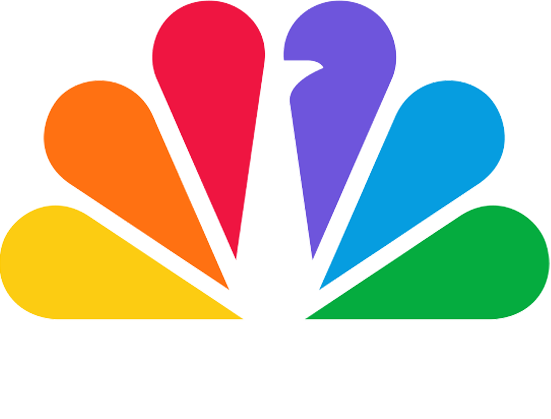WHEN: Today, Wednesday, November 8, 2023
WHERE: CNBC’s “Closing Bell: Overtime”
Following is the unofficial transcript of a CNBC exclusive interview with Disney CEO Bob Iger on CNBC’s “Closing Bell: Overtime” (M-F, 4PM-5PM ET) today, Wednesday, November 8. Following are links to video on CNBC.com:
All references must be sourced to CNBC.
JULIA BOORSTIN: That’s right, Morgan. Disney reporting a big beat in earnings and a big beat in streaming subscriber growth. The company reported earnings of 82 cents per share, that’s 12 cents better than the analysts consensus and a key reason for this beat directly consumer losses declining dramatically plus the company announcing that it has increased what it’s calling its annualized efficiency target to $7.5 billion. That’s up from its previous cost cutting target of $5.5 billion. Now getting to revenue, revenue grew 5% to 21.24 billion. That’s just a hair below the 21.32 billion that analyst consensus had been. Now, this slight miss was due to the entertainment division, sports and parks experiences were slightly ahead or in line. Disney also gave some guidance this quarter. They say they “expect to grow free cash flow in fiscal 2024 significantly versus fiscal 2023”. Saying this will approach levels last seen pre pandemic. Now I want to quickly dig into the all important streaming division. The company added 7 million core Disney plus subscribers. That’s more than double the less than 3 million subs that analysts were expecting with average revenue per user for both core Disney plus and Disney plus Hotstar both beating estimates. And the direct to consumer operating losses decreased to 387 million from a nearly $1.5 billion loss in the year earlier quarter. Now in its earnings release, the company did reiterate its guidance that this combined streaming businesses will reach profitability and fiscal Q4 of next year. And as the company breaks out ESPN for the first time, ESPN operating income grew 15% from a year ago, and ESPN plus subscribers also beat expectations. I’m joined now by Disney CEO Bob Iger. Thanks so much for joining me to talk about these results.
BOB IGER: It’s nice to see you, Julia.
BOORSTIN: It’s great to be here. So I want to start off with the direct to consumer business. You reiterated that you’re on track to hit profitability as planned, but a big beat on subscribers. You also recently just raised prices. And I’m wondering if you expect that subscriber growth to be able to continue?
IGER: Well, we do expect subscriber growth to continue, but we’re mostly focused now on delivering profitability by the end of fiscal 24. And we had a great quarter as you just noted, adding 7 million core Disney plus subs. That was really the result of great content particularly three strong movies Guardians of the Galaxy 3, Elemental and Little Mermaid. Disney plus has proven to be extremely popular and in demand and we feel very bullish about its future.
BOORSTIN: So what does the future of your streaming bundle look like? Especially given the fact that you’re about to or you’re in the process of buying out the remainder of Hulu that Comcast, CNBC’s parent company, currently owns? And how much do you expect to have to pay over that base level that you already negotiated for that remainder of Hulu?
IGER: Well, first of all, as you know, there’s a floor price which is obviously public and stated, we’ll be writing them a check for that actually, pretty soon. There will be an evaluation process that is dictated by the agreement that we reached with them a few years ago. I’m not going to say much more about that process, except you know, we expect that it will be fair and ultimately objective and we’re not concerned about the price that we will end up paying. It’s a great step for the company from a strategic perspective in that it gives us an opportunity to further connect the dots between Disney plus and Hulu. And ultimately offer even a three play or a triple bundle with ESPN. This is three great sets of streaming assets. And in December, we will launch in beta form a combined Disney plus and Hulu app. And then in some time, probably in late March of fiscal – of a calendar 24, excuse me, it’ll launch basically, out of beta. We feel great about it because the combination will give us an ability to essentially lower customer acquisition costs, reduce marketing, hopefully reduce churn and most importantly, create more engagement. And that’s great for advertisers. You know, we have advertiser supported subscriptions for both Disney plus and Hulu actually, it’s quite a bargain. You’ll be able to – if you’re a Disney plus subscriber, you’ll be able to upsell to Hulu for $2 more with advertising and vice versa for Disney plus, so this is all a great step for us.
BOORSTIN: And it seems like there’s a big pressure – a big push not just from Disney but from these other streamers as well to really push subscribers to the ad supported version of their services. How important is ad supported going to be and what kind of growth are you seeing in streaming advertising versus linear advertising? Because we’ve seen and even in this quarter, linear advertising is really struggling.
IGER: Well, we can talk about both. First of all, we believe that the advertiser supported streaming services, not just in the U.S. but in other markets notably in EMEA, will be important growth initiatives for the company, in fact, and Disney plus we just implemented some really robust advertiser targeting tools that are already working and will help us obviously grow advertising. And by the way, speaking of advertising, addressable advertising is very strong. And since you raised it, so was sports. By the way, and I would say in linear it’s actually a little bit better than it had been. Overall, we’ve seen some improvement in general in advertising. It doesn’t mean we don’t have more improvement ahead. We actually believe we do. And for instance, technology sector has been a bit soft, but advertising looms large for us. And the combination of Hulu and Disney plus advertiser supported is a great opportunity for us to grow the advertiser supported side of our streaming business.
BOORSTIN: And just to make sure to really hit the point on the linear business, you’re seeing a strengthening market there? Or what’s your outlook for Q4?
IGER: Linear is better than many people assumed it would be actually. It doesn’t mean it’s great, but it’s – we’ve seen some improvement.
BOORSTIN: I want to make sure to hit on ESPN before we return to linear. You mentioned sports. Given the results that were broken out this quarter – the 15% increase in operating income for ESPN. What are these numbers indicate about the type of partnership you’re looking for for ESPN and when that might happen?
IGER: I noted you mentioned that ESPN was up in the quarter and thus up in the fiscal year is actually up in operating income and in revenue in ’22 and in ’23. So great trajectory, and the ratings are actually very strong too. ESPN had one of the strongest years ratings wise I think in the last four or five years in ’23. That’s a great thing. We obviously are planning to take ESPN out on a direct to consumer basis. We feel great about that. We believe we have an opportunity to strengthen that hand even more by bringing in one or two strategic partners that can add either marketing support, technology support, or possibly content support. Why not go out with a stronger hand for instance, and that’s we’ve been considering. We’ve been in discussions with a number of entities. I don’t have anything specific to tell you right now. Except I think you can expect us to elaborate more on that sometime in the near future.
BOORSTIN: So there’s been an expectation that this direct to consumer version of the flagship product will launch by 2025. Is that right?
IGER: We’ve not said specifically what date. We were targeting 2025, it won’t be later than that. And again, we’re working hard to make sure that we’ve got the building blocks in place to see to it that when we bring it out direct to consumer that it is very successful, and we feel great about that. But we have an opportunity to consider some strategic partnerships that I think will make the transition even more successful.
BOORSTIN: The NBA rights are the next sports rights that are up for grabs. How essential is it for ESPN to have those rights and how problematic is it that you have these big tech companies pushing up the prices?
IGER: Well, I’m not gonna comment about the negotiation at all except to say, I’ve said before, the NBA is very important to ESPN it has been for a long time. I should note that ESPN is important to the NBA too. We bring to not just the NBA but to other sports organizations a level of support, engagement with audiences, not just on linear television but in podcasts, on radio and online and in apps and I could go on and on that’s quite valuable to the sports organizations. And I don’t think that should be discounted.
BOORSTIN: Well, we’ll have to keep an eye on that one. I want to make sure we talk about the linear TV business because the last time you were on CNBC with my colleague David Faber you indicated you’re exploring, selling those linear TV assets. Since then, Disney was in a battle with Charter about what the future of traditional distribution should look like. And Charter really pushed to bundle streaming rights with digital. How did that battle and the resolution of that change the way you’re thinking about potentially selling these assets?
IGER: Well, first of all, I think what I said on that, in that interview was that we were considering a number of options or everything was on the table or something along those lines and I understand how that was interpreted and it is what it is. We have been considering various strategic options for each of our networks, not necessarily all together, but each of them. We do that as a matter of course, for all of our assets because we’re aiming to increase shareholder value, obviously. But it’s interesting because while we’ve been actually taking a look at the linear networks, we’ve uncovered a number of really interesting opportunities to reduce costs and improve the business. And in fact, you have to look at the business in terms of its strategic value to the company to not only financial value and by the way, it is profitable still for the company, but it provides a lot of strategic support for ESPN. There are a number of sports shows on ABC for instance, for ESPN. We also bundle with a distributor, ESPN and those linear assets. And those linear assets are very valuable for streaming, Hulu and Disney Plus. So we are looking in an open minded way but that shouldn’t in any way suggest that anything is imminent. It should suggest that as part of our ongoing process, we’re one very, very realistic about the marketplace and the future of those assets but we also were very mindful of their value to the company today and possibly into the future. And the Charter deal, to answer your question didn’t really change our opinion about it. That was a great deal for us. I think it was also a very good deal for Charter. It did enable us to reduce the number of channels that we were distributing through Charter, while also giving us some great distribution for our streaming assets, notably, a Disney plus kind of, I’ll call it a win win for us in that regard and a real balance between traditional linear media and new media restreaming for us, but I don’t think it really changed the outlook about the business.
BOORSTIN: But does that mean that given that you’re selling effectively a smaller bundle of channels to Charter that ultimately you’ll have to shut down some of those channels? And do you think other distribution deals will fall on the same path as Charters?
IGER: First of all our core channels were part of the distribution deal. So when we talk about possibly shutting channels down and we have a lot of channels, I’ve argued for a long time, possibly too many I think that’s true, actually, for the industry. You know, over time with the growth of cable, a number of channels were created. I’m not sure that serves the distributor or the consumer that well, but that’s maybe for another time, but I like the fact that we’re focused on fewer channels. And I think I obviously love the fact that we’re able to bundle a very, very core future asset for the company Disney plus into that deal.
BOORSTIN: You said that you’re looking at all of your assets. Do you have plans to sell your India assets, India Hotstar assets? Any update there?
IGER: I don’t have an update, I’d say the same thing about them that I said about our linear networks. We’re looking in an open minded way. We like being in business in India, we’d love to be able to strengthen our hand. I can’t, at this point predict where that will end up.
BOORSTIN: I want to ask you about Nelson Peltz. The stock is down 24% since Nelson Peltz declared the proxy fight over. He indicated and he has teamed up with Ike Perlmutter who formerly ran Marvel that he’s perhaps preparing for for more activist action against Disney. Have you heard from him?
IGER: I had a call from him. But I must say I don’t I don’t have specifics about what Nelson is really after or what he will ask for. I will say that as is the case has been the case in the past, the management and the board is always willing to listen to what shareholders have to say. You know, we’re in lockstep with the board in terms of our opportunities and our challenges and our strategic direction. We all feel very optimistic about the future of the company. I don’t have anything more to add really about that. Although I will say in terms of your comment about our stock price, we don’t manage the stock price for, you know, short term gains or on a short-term basis. We have a long-term view. And in fact, this past year has been spent fixing a lot of things that needed to be addressed either because of decisions that were made or because of the disruption in the business. We’ve accomplished a tremendous amount. We remain very optimistic in part because of how much we’ve accomplished but also because of the strength of our team and the strength of our assets. And so I think long term the picture Disney shareholders is quite bright.
BOORSTIN: And you just announced a new CFO Hugh Johnston who has dealt with Ike Perlmutter and his activist actions in the past when he was at Pepsi. Do you think he’ll help you in any potential battle with him?
IGER: We, first of all, we feel very fortunate to have been able to hire Hugh. I’m looking forward to working with him. He starts in a few weeks. And he’ll be helpful to us in a number of different ways. I’m looking forward to being a partner of his.
BOORSTIN: Certainly a lot of different financial changes potentially. You are doubling down on the parks. That’s one big financial change and announced that you’re investing $60 billion over the next 10 years. Are you concerned about consumer spending waning especially if there is not say a soft landing with this economy?
IGER: Well, if you look at our track record, particularly the last five years of the parks, but if you look back but you can look back say another 10 years, it’s been stellar in terms of return on invested capital. The investments that we’ve made in that business, just by the way and domestically but also globally, have really paid off and they’ve each paid for themselves in many ways. And since we make decisions about a capital allocation that are based on what we feel is based the best way to deploy our money to deliver shareholder value, we felt in looking at the results of the parks that since the returns have been so strong, why not invest more. It was as simple as that. The trajectory has, is very bright for those parks. You can look at the results today and see that not only are our domestic parks doing well, well we got some difficult, comparable or comparisons in terms of the Florida parks but the international parks are doing extremely well as is our cruise business. So when we looked ahead and how we’ll allocate capital and you mentioned the guidance that we gave about growing free cash flow in fiscal ’24, we decided that a great place to place our bets or our capital is in the business that’s delivered the best results.
BOORSTIN: Yeah.
IGER: We’re not concerned. By the way, you’d look back, there have been all kinds of cycles in terms of the consumer, you know, dating back to 2008, 2009, for instance, or 2011 with what happened with the terrorist attacks. And again, those are I don’t want to say blips because they’re significant but they come and go and we’ve seen that and we don’t invest for any one specific time. We invest for the long term.
BOORSTIN: Well before we’re out of time, I want to make sure to ask you about the strike. The Screen Actors Guild is still on strike. There are picketers outside the lot where we are right now and from what I understand, there are negotiations happening perhaps even as we speak and there’s a lot of concern that if this actor’s strike drags on longer could really threaten the films at the box office. I know that that your movie industry is a big priority to you. What can you tell us about the state of negotiations, and how this could really impact your business?
IGER: Well, first of all, let me begin by saying I have the utmost respect for actors. They’re an incredibly important part of The Walt Disney Company for obvious reasons. And we’ve been hard at work. We, the companies, involved in this business as well as SAG, the Screen Actors Guild, in trying to figure out a way to get them back to work. And I can only say that I’m optimistic that we’ll figure that out relatively soon. In terms of the impact on the business, so far, it’s been negligible. Long-term meaning if the strike goes on much longer, it could become significant. Obviously, we’d like to try to preserve a summer of films, the entire industry is focused on that. We don’t have much time to do that.
BOORSTIN: You think a week? Two weeks before the summer’s—
IGER: I don’t want to, I don’t want to specify except we’re all, SAG and the AMPTP companies, are very hard work at trying to solve this.
BOORSTIN: Well, we hope.
IGER: As we speak.
BOORSTIN: Yeah. As we speak on behalf of everyone working here in Los Angeles. I hope that that resolution is soon. Bob Iger, CEO of The Walt Disney Company, thanks so much for joining us here today at your headquarters. I know you have an earnings call coming right up.
IGER: I do, Julia, thank you very much.
BOORSTIN: I’ll send it back to you guys.

